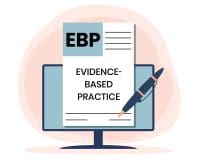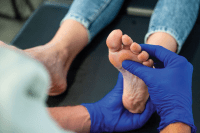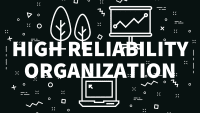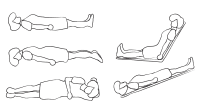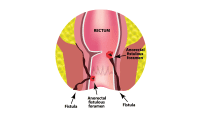Dear Editor:
The elderly population are admitted to rehabilitation facilities after sustaining many different types of injuries and incidents such as falls, fractures, burns, or malnutrition at alarming rates. Many of these patients have often denied consistent home health aide assistance services from their health insurance (Medicare & Medicaid). Insurance companies are reluctant to cover the consistent care that many in our society require and need for their safety and well-being.
Insurance companies have blind criteria that easily exempt an older person from qualifying if they are able to perform activities of daily living such bathing, toileting, and dressing. However, they ignore and often don’t take in account safety. As a registered nurse with more than five years of experience with treating this particular population, I have witnessed first-hand how some health insurance companies ignore the vulnerability of the elderly. Our body naturally physically decline with age and many of our patients are faced with the management of chronic illnesses. It is important for them to refine their strict criteria.
Approximately forty percent of all admissions of the elderly population into rehabilitation facilities are associated with injuries and incidents sustained from home. It is until those patients become physically restricted post discharge to home that they qualify for home health aide services and other skilled nursing services. Every health insurance has their own specific requirements to become eligible for home care services and those requirements vary from state to state often making it difficult for older people to qualify. Many times, the nurse who is conducting the initial assessment is simply following the questionnaire requirement and not focusing on the person abilities. From experience, certain medical diagnoses increase the chances for some older people to get qualified while others need further evaluation to be even considered for the same assistance. It is unfair and even unjust when each insurance services such as Medicaid and Medicare have their own criteria to qualify for home care services. As healthcare providers and workers: Are we not responsible to make sure that proper health policy laws are in place to protect and ensure that the elderly population receive optimal care?
A 90-year-old female shared her story how she was living alone in her own apartment, but she knew that she was physically getting weaker and needed some help with her day to day activities. She was denied home health aide services multiple times because she was considered healthy based on the requirements per her health insurance. One day, she accidentally spilled some water on the ground that she could not clean properly, slipped and fell and broke her left ankle. Suddenly, she qualified for more than home health aide services but also home skilled care as she required more assistance for personal cares. Why does it have to take an injury or incident to realize that an aging individual requires a safe preventive personal care assistance?
Aging is a natural aspect of life that may cause the physical and mental declines on a person. This increases the risk for injuries and incident without proper aide assistance. It would be more beneficial if all insurance companies follow one specific guideline to meet qualifications for home personal care services. The assessment process should be more than just a few hours but a three-day process that will allow the evaluator to carefully check every aspect (physical status, mental status, and environmental status) to make a more proper decision. By following those recommendations, it will not only benefit the elderly population but will also create more jobs and revenue for the health care department. It will also decrease the amount of hospitalization and admission to rehabilitation by fixing the problem at its core and providing home care services to prevent injuries or incidents before occurring.
Your input is vital in assuring that American Nurse Today is a valuable resource to your practice. Please consider sending an electronic Letter to the Editor to share your opinion, nursing experience and continue the conversation about nursing care.




